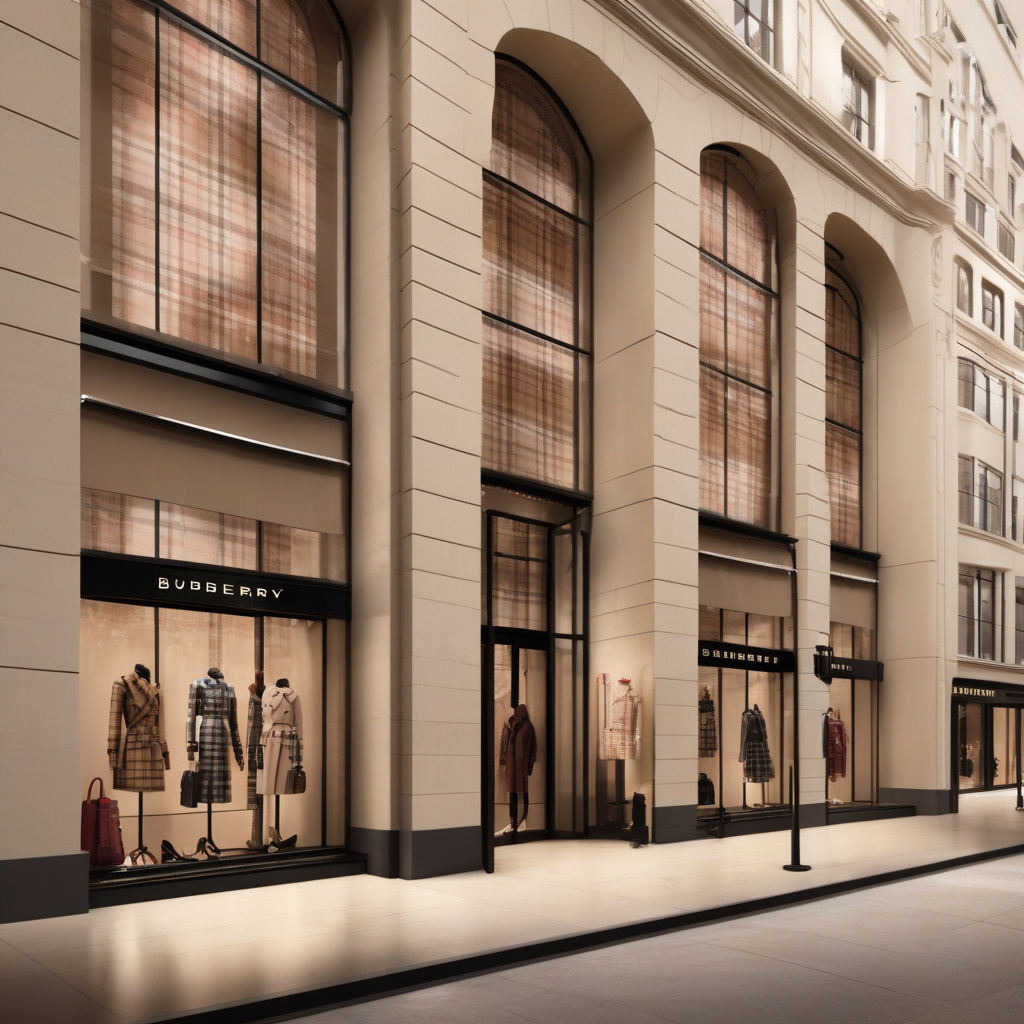Burberry Reports Smaller-Than-Expected Sales Dip
Burberry, the iconic British luxury brand, recently disclosed that its comparable retail sales experienced a marginal decline of just 1 percent in the first quarter. This revelation has sparked optimism among investors and industry experts, as it signifies the early success of the brand’s revitalization strategies under new leadership.
The slight downturn in sales, which turned out to be smaller than initially anticipated, is a promising indicator of Burberry’s resilience and adaptability in the ever-changing landscape of the fashion industry. With the appointment of Marco Gobbetti as CEO in 2017, Burberry embarked on a journey to revamp its image, streamline its product offerings, and enhance its overall brand positioning. The latest sales figures suggest that these efforts are beginning to bear fruit.
One of the key factors contributing to Burberry’s better-than-expected performance is its focus on digital innovation and online sales channels. In an era where e-commerce reigns supreme, Burberry has invested significantly in enhancing its digital capabilities, offering customers a seamless and engaging online shopping experience. By leveraging technology and data analytics, Burberry has been able to target its customer base more effectively and tailor its marketing strategies to suit changing consumer preferences.
Furthermore, Burberry’s success in navigating the challenges posed by the COVID-19 pandemic has also played a crucial role in its recent sales performance. The brand swiftly adapted to the new normal by accelerating its digital transformation, introducing virtual shopping services, and revamping its social media presence. By staying agile and responsive amidst the uncertainties brought about by the pandemic, Burberry has managed to stay connected with its customers and sustain its sales momentum.
In addition to its digital initiatives, Burberry’s product innovation and brand collaborations have also contributed to its resilience in the market. The brand’s partnerships with renowned designers and artists have not only generated buzz and excitement among consumers but have also helped Burberry differentiate itself from its competitors. By infusing creativity and fresh perspectives into its collections, Burberry has succeeded in staying relevant and appealing to a diverse customer base.
Looking ahead, Burberry’s ability to sustain its positive sales trajectory will depend on its continued focus on innovation, sustainability, and customer-centricity. As consumer behaviors and preferences evolve, Burberry must remain agile and proactive in meeting the changing demands of its audience. By staying true to its heritage while embracing modernity, Burberry can solidify its position as a leading player in the global luxury market.
In conclusion, Burberry’s recent announcement of a smaller-than-expected sales dip in the first quarter is a testament to the brand’s resilience, adaptability, and strategic foresight. By prioritizing digital innovation, product excellence, and customer engagement, Burberry has laid a strong foundation for future growth and success in an increasingly competitive industry landscape.
Burberry, sales, luxury, digital innovation, brand resilience












